The Last Truly Wild Places On Planet
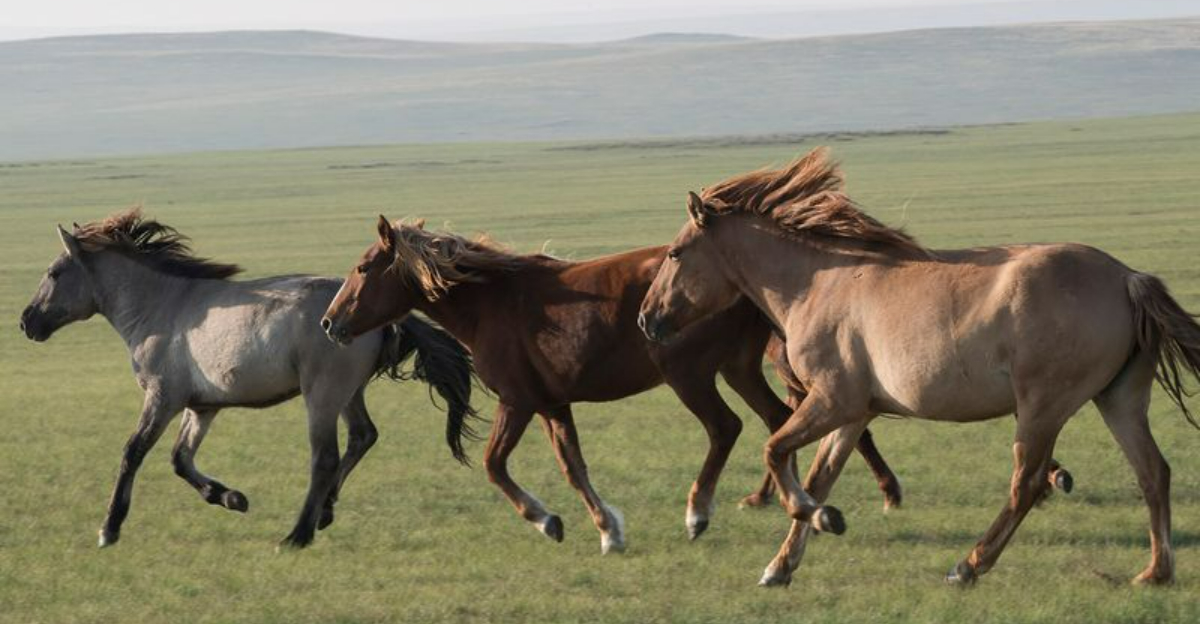
Our planet still hides secret corners untouched by human development. These wild places showcase nature in its purest form, with ecosystems that function just as they have for thousands of years.
I’ve always been fascinated by these remaining wilderness areas where you can experience Earth as it once was – before cities, roads, and technology changed our world forever.
1. Antarctica’s Interior
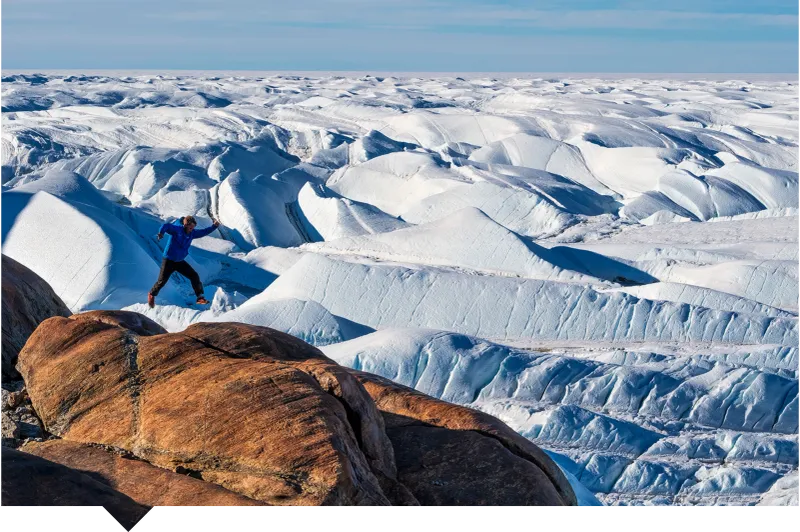
Few humans have ever set foot in Antarctica’s vast interior. The extreme cold and isolation create an otherworldly landscape where only specialized researchers venture. Scientists maintain small stations, but most of this ice continent remains completely untouched.
Wind-sculpted snow formations called sastrugi create alien-like terrain across this frozen wilderness. Despite the harsh conditions, I find it amazing that this massive continent belongs almost exclusively to penguins, seals, and the researchers brave enough to study them.
2. Northern Patagonia’s Ice Fields

Hidden between Chile and Argentina lies one of Earth’s largest ice fields outside the poles. Massive glaciers carve through mountain valleys, creating a landscape that feels prehistoric. The Southern Patagonian Ice Field spans nearly 5,000 square miles of pristine wilderness.
When visiting the edges of this remote region, I was struck by the thunderous sounds of calving glaciers. Access remains extremely difficult, requiring specialized equipment and wilderness experience, which helps preserve its untamed character for future generations.
3. Papua New Guinea’s Interior Highlands
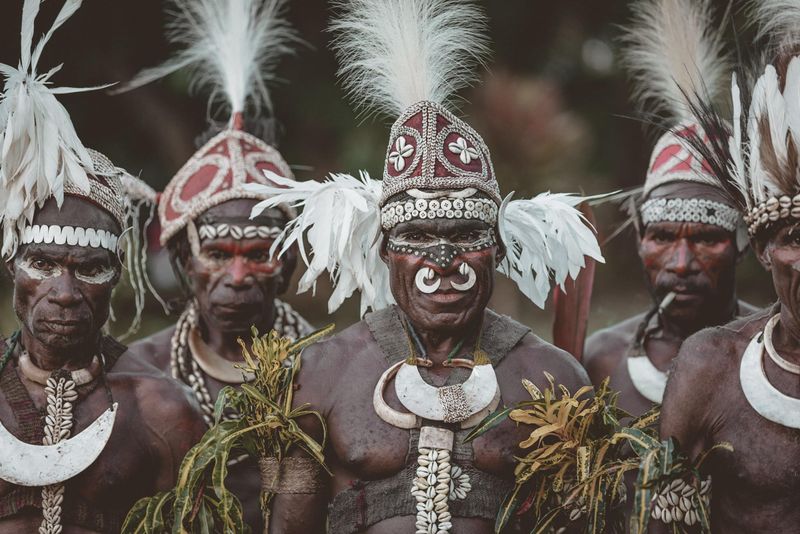
Deep in Papua New Guinea’s mountainous interior, isolated valleys harbor communities with minimal outside contact. These remote highlands contain incredible biodiversity, including plants and animals found nowhere else on Earth. Some indigenous tribes maintain traditional lifestyles largely unchanged for centuries.
During my research, I discovered that scientists regularly find new species in these forests. The rugged terrain, dense vegetation, and limited infrastructure make exploration extremely challenging, ensuring large portions remain virtually unexplored even today.
4. Siberia’s Kamchatka Peninsula
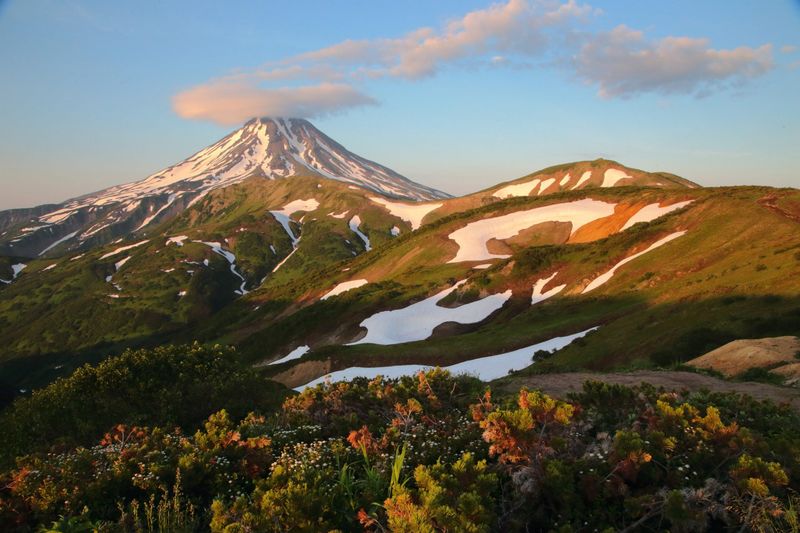
Russia’s far eastern wilderness holds one of the most volcanically active regions on Earth. Kamchatka’s landscape features over 160 volcanoes, with 29 active ones, creating a dramatic backdrop for abundant wildlife including the world’s largest population of brown bears.
The peninsula remained closed to outsiders until 1990 due to military restrictions. This isolation accidentally preserved its wilderness. While exploring parts of Kamchatka, I was amazed by the geothermal features – bubbling mud pots, steaming geysers, and hot springs dot the landscape alongside pristine rivers teeming with salmon.
5. Amazon’s Uncontacted Zones
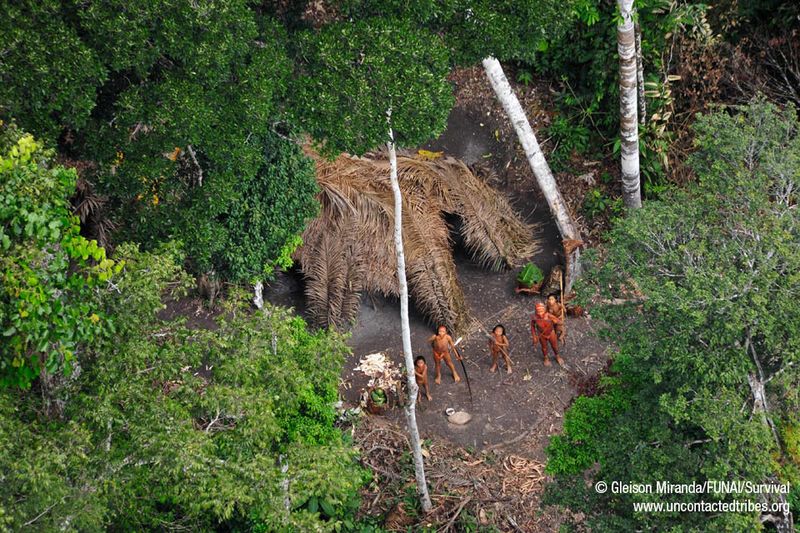
Deep within the Amazon rainforest, certain areas remain so isolated that indigenous tribes live with no contact with the outside world. Brazil’s Vale do Javari region hosts the highest concentration of uncontacted peoples globally. These areas represent not just ecological wilderness but cultural isolation as well.
Satellite imagery reveals these communities exist completely separate from modern society. Government policies now protect these zones from development and outside interference. I believe these regions represent the most complete example of human societies living as they have for thousands of years.
6. Namibia’s Skeleton Coast
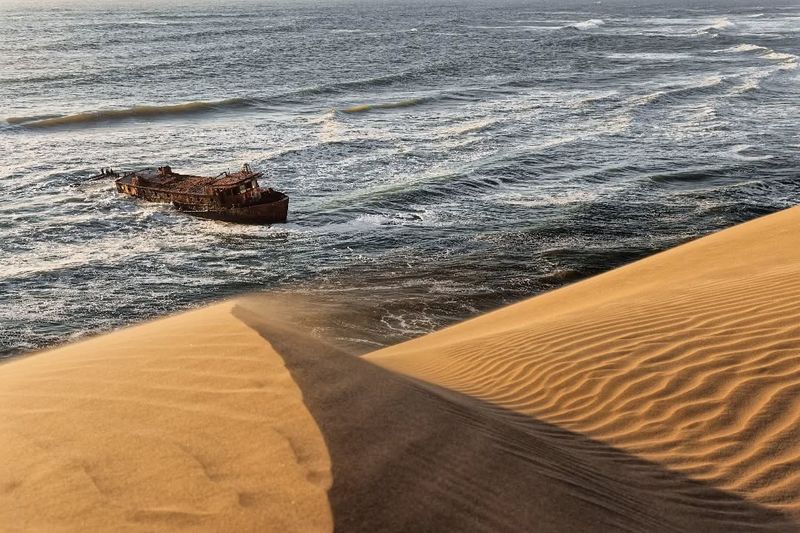
Along Africa’s southwestern shore lies a hauntingly beautiful desert coastline where powerful Atlantic waves crash against barren sand dunes. Local tribes named it “The Land God Made in Anger,” while Portuguese sailors called it “The Gates of Hell” due to treacherous conditions and countless shipwrecks.
Wildlife somehow thrives in this harsh environment. Desert-adapted lions, elephants, and other creatures have evolved remarkable survival strategies. My favorite fact about this region is how morning fog provides crucial moisture for the desert ecosystem, creating a truly unique wilderness where ocean meets desert.
7. Mongolia’s Eastern Steppe
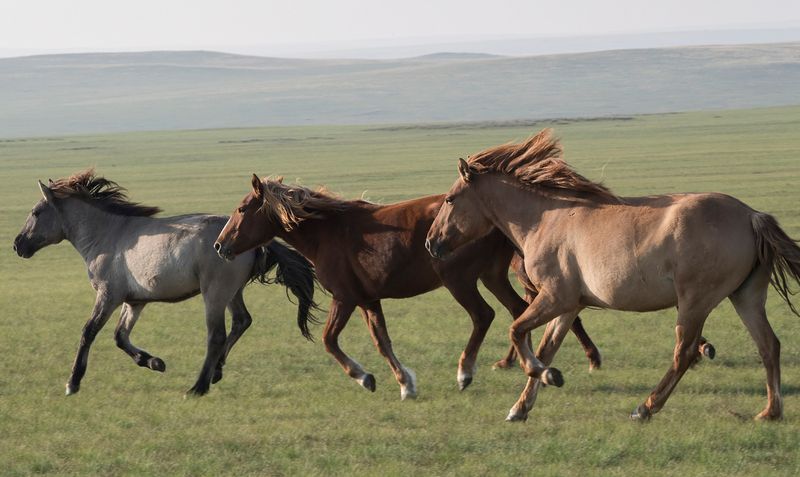
Imagine grasslands stretching unbroken to the horizon with no fences, roads, or permanent structures. Mongolia’s Eastern Steppe represents the world’s largest intact temperate grassland, where nomadic herders still follow ancient traditions alongside wild horses and gazelles.
Unlike most grasslands globally, this region hasn’t been converted to agriculture. The lack of development allows massive wildlife migrations to continue undisturbed. When I traveled through parts of Mongolia, the absence of human infrastructure created a profound sense of stepping back in time to when wild landscapes dominated Earth.
8. Canadian Northern Territories
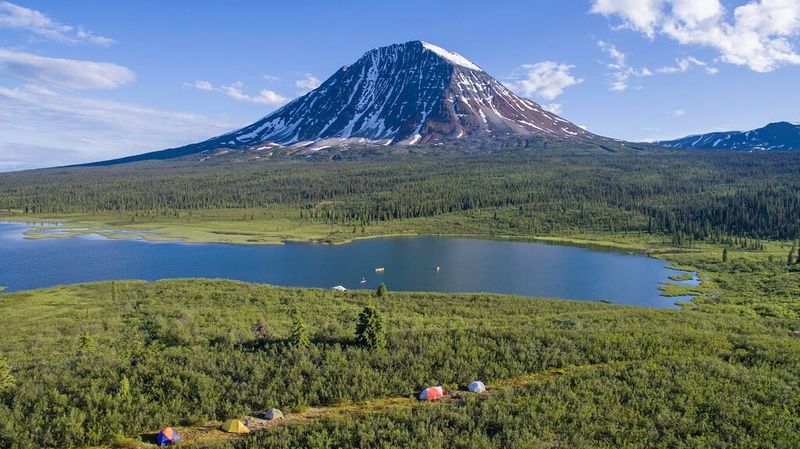
Beyond the Arctic Circle in Canada’s Northwest Territories and Nunavut lies a wilderness so vast it defies comprehension. This region contains entire mountain ranges that remain unnamed and valleys no human has ever visited. The extreme conditions and remoteness have preserved this landscape in its primeval state.
Indigenous communities maintain traditional hunting practices across parts of this territory. The area includes the recently established Thaidene Nëné National Park Reserve, protecting nearly 7,000 square miles of boreal forest and tundra. Having seen aerial photos of this region, I’m struck by the countless lakes dotting the landscape like blue jewels.
9. New Zealand’s Fiordland

Tucked away in New Zealand’s southwestern corner, Fiordland National Park contains some of Earth’s most dramatic landscapes. Massive glacier-carved valleys filled with seawater create deep fjords bordered by sheer mountain walls rising thousands of feet from the water.
Heavy rainfall creates countless waterfalls cascading down cliff faces. Much of this wilderness remains accessible only by boat or helicopter. During my visit to Milford Sound, the most famous of these fjords, I was amazed that beyond the small visitor area, the surrounding million-plus acres remain virtually untouched wilderness with some of the world’s rarest birds.
10. Congo Basin’s Unexplored Heart
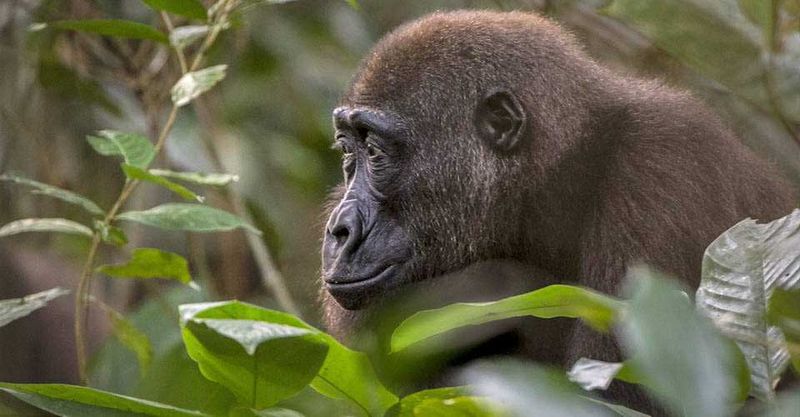
Central Africa houses Earth’s second-largest rainforest, where vast swaths remain virtually unexplored. The Congo Basin contains flooded forests, swamps, and uplands so remote that new species discoveries happen regularly. Political instability has inadvertently protected some areas from development.
Lowland gorillas, forest elephants, and bonobos find refuge in these forests. The region’s Cuvette Centrale peatlands were only recently discovered to be the world’s largest tropical peatland complex. I find it incredible that in our satellite-mapped world, this forest still holds secrets, including possibly undiscovered large mammals and indigenous communities with minimal outside contact.
